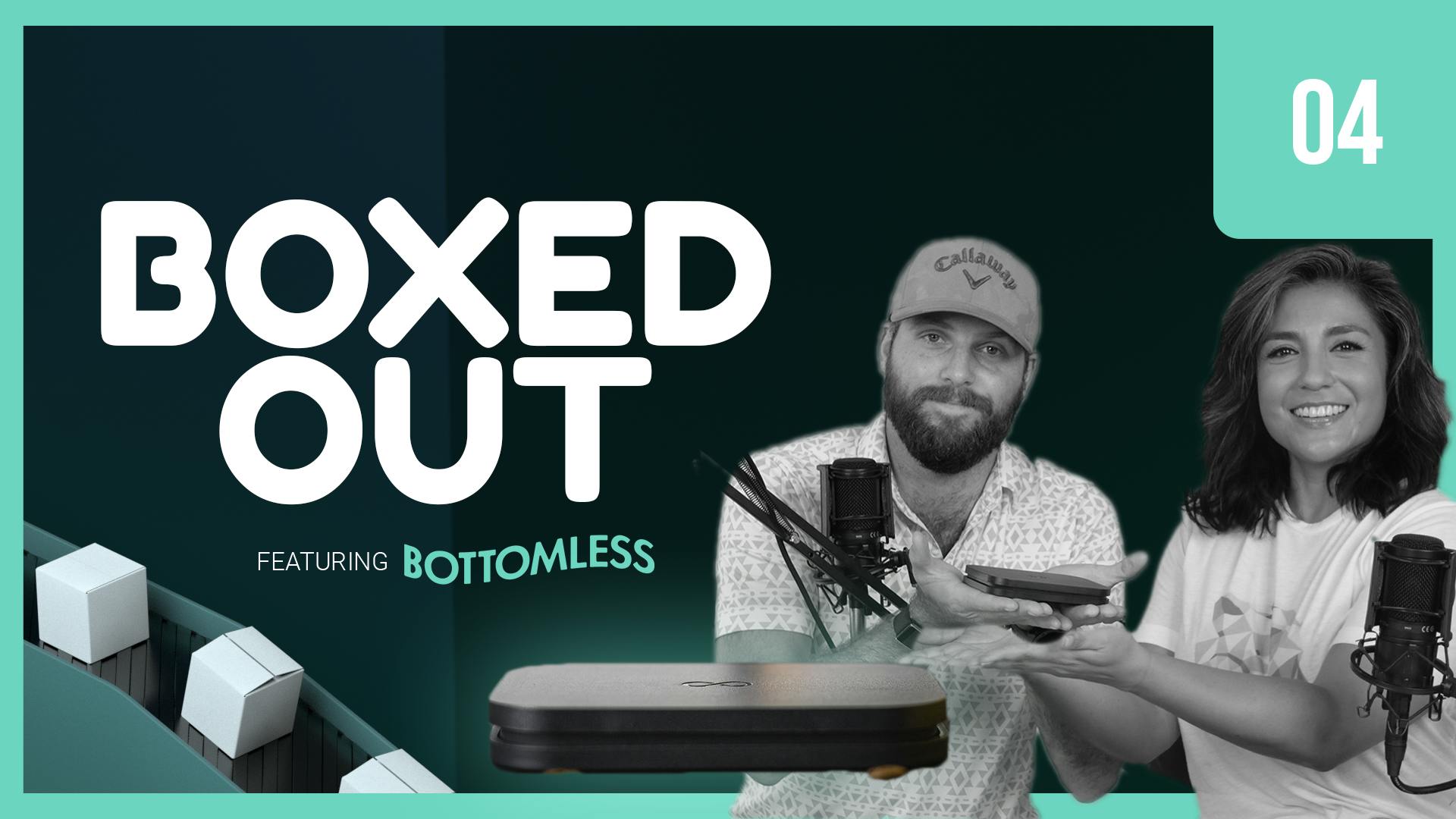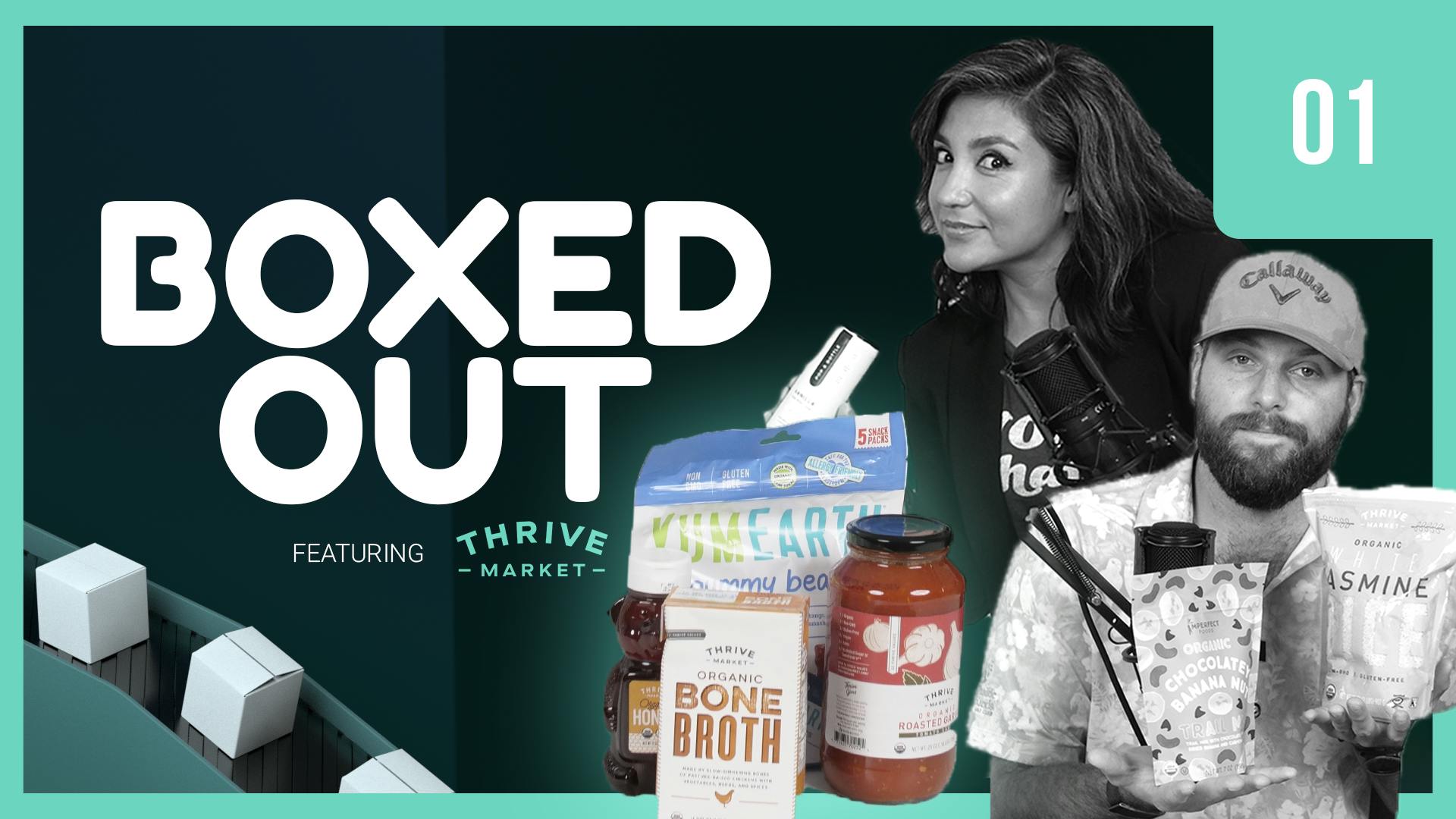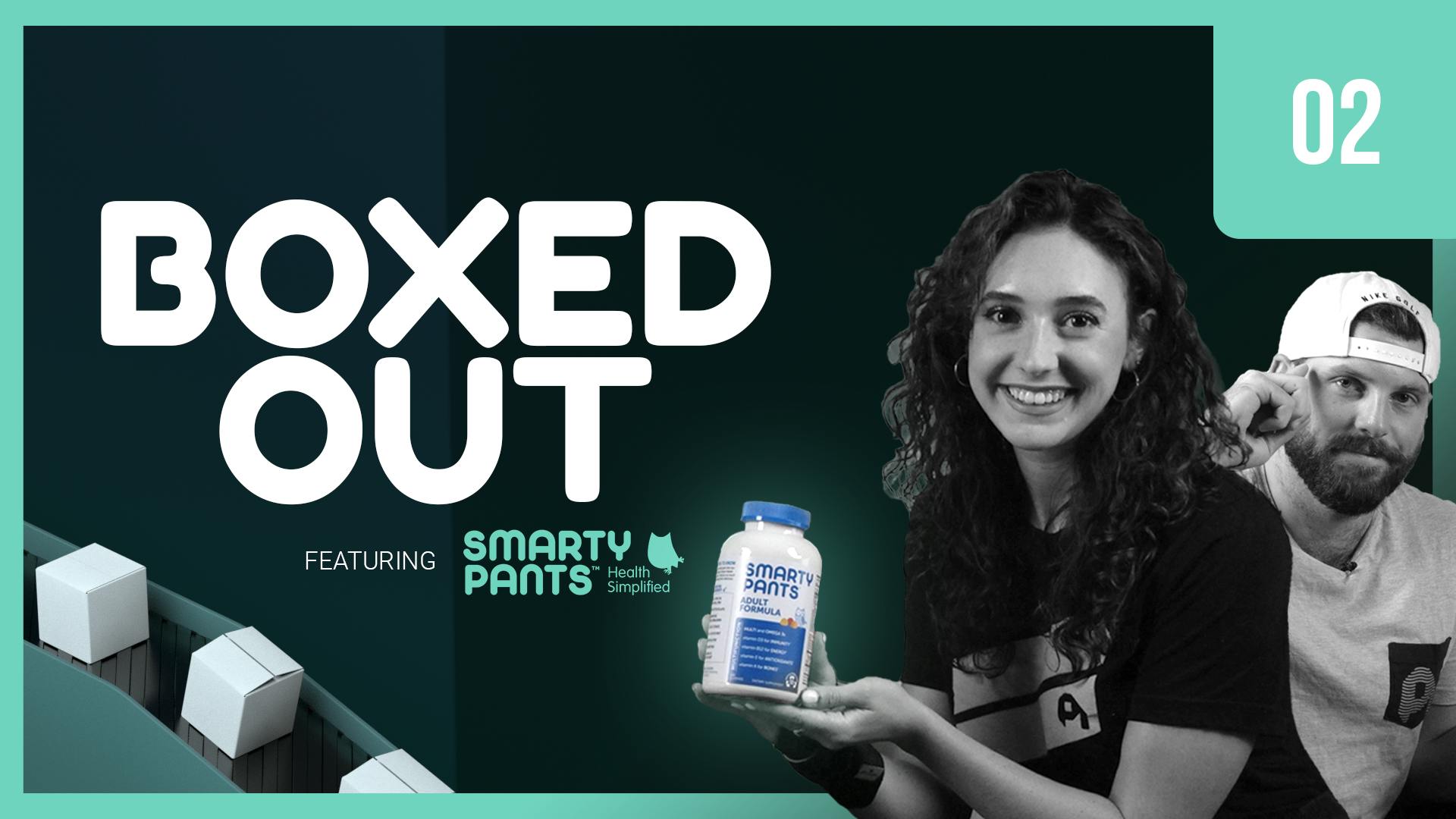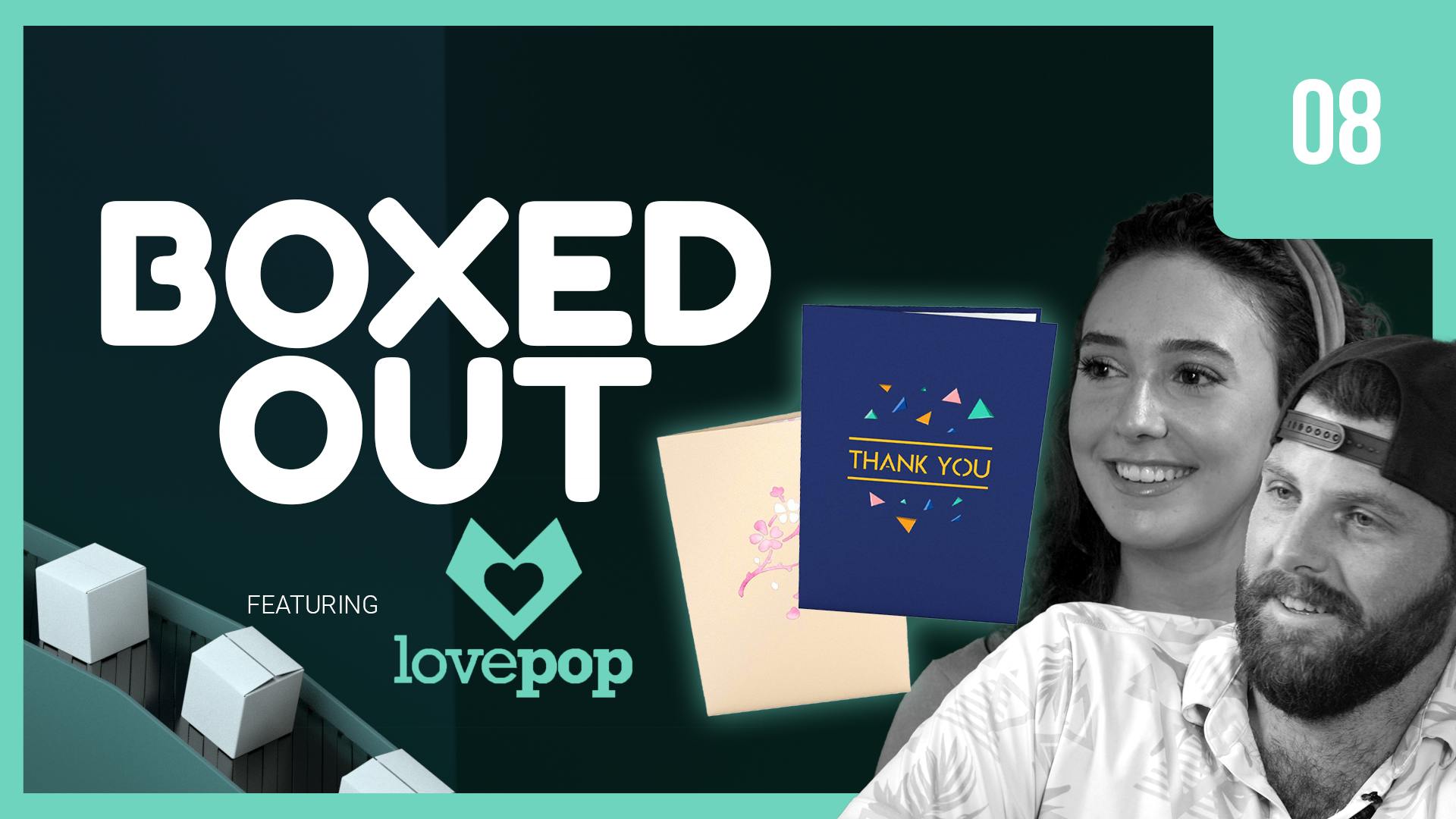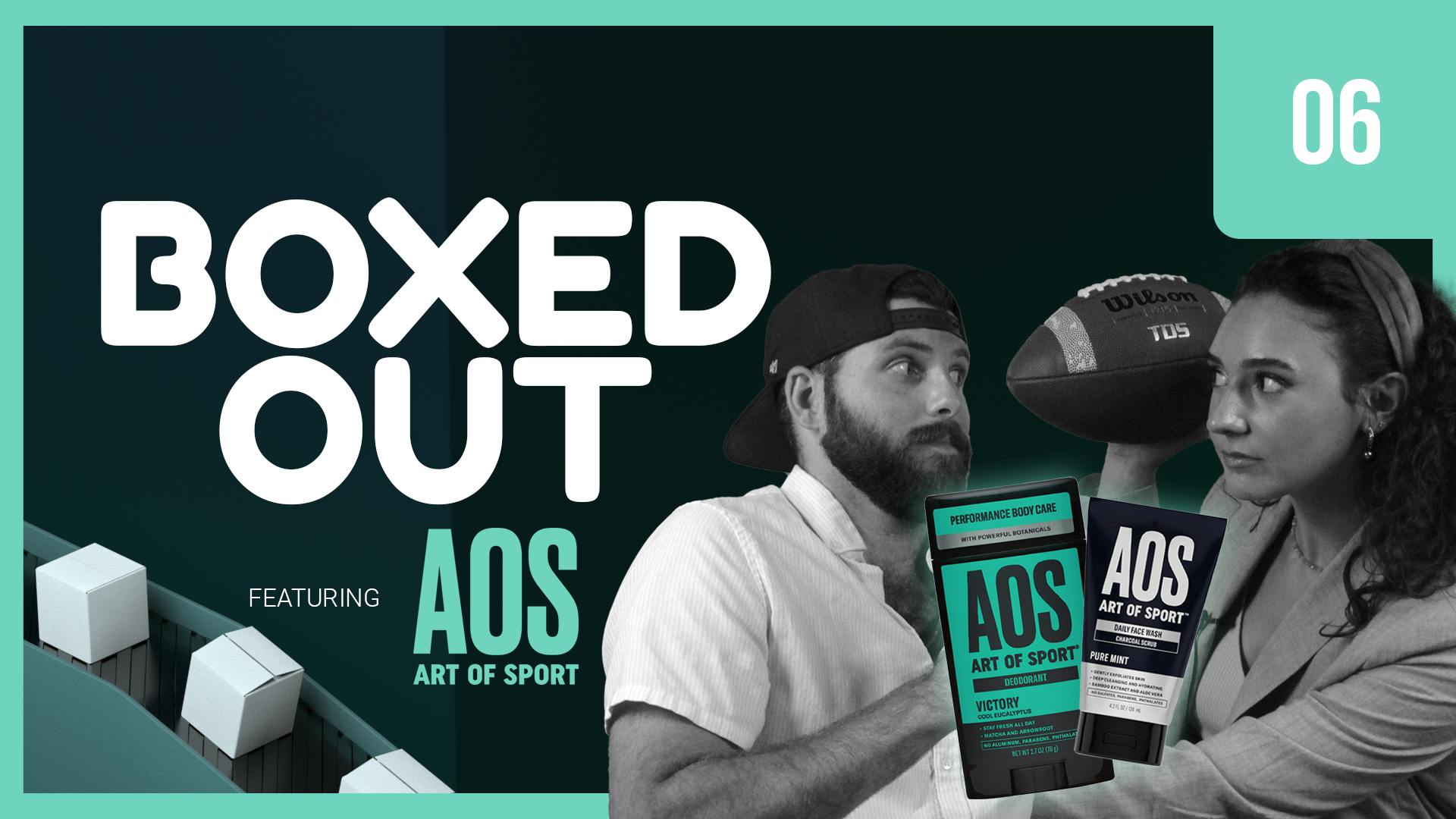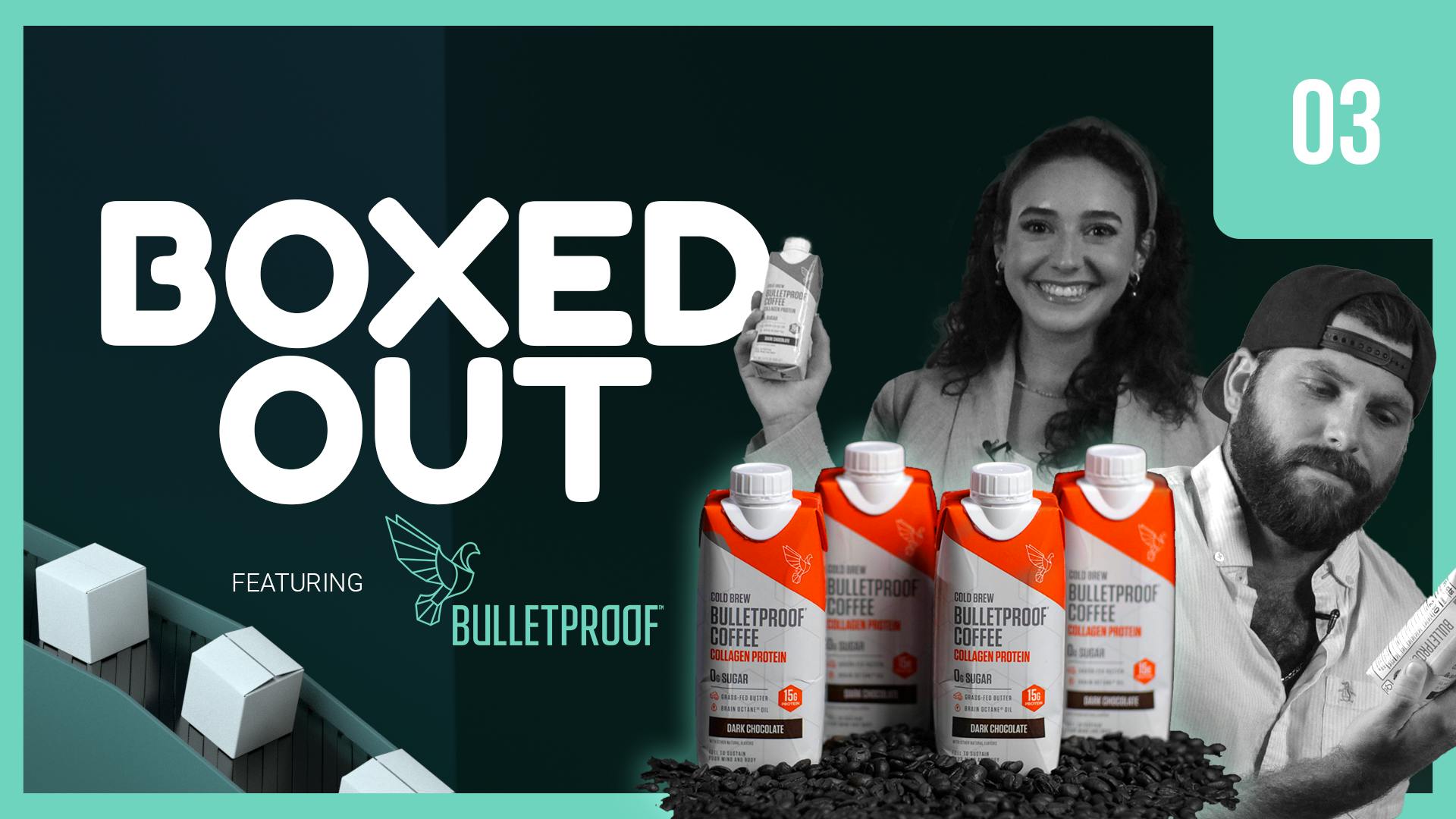
Are BattlBox's retention tactics pulling through?
This episode might reference ProfitWell and ProfitWell Recur, which following the acquisition by Paddle is now Paddle Studios. Some information may be out of date.
Please message us at studios@paddle.com if you have any questions or comments!
Today we're talking about Battlbox, a company that's revolutionized the subscription survival and tactical gear market. We're going to learn how Battlbox utilizes variety and allure to fuel growth and then we're going to jump into what they're doing great—and not so great—with their subscription retention strategy, wrapping this all up into a nice case study for improvements for your own brand.
BattlBox is one of the most popular survivalist brands out there and is currently ranked among the industry's best brands. And with over three million site visits in 2020 and their recent acquisition by EMERGE, their growth potential is massive. But can they keep up with that growth?
Key takeaways:
- Gifts and mystery boxes are underrated
BattlBox is using allure and intrigue to get customers hooked and excited for the product. Most brands should be doing something like this, even if they’re an upscale brand that tends to look down on this type of thing.
Gifts tend to increase average order value by 20%, and boost retention 10-15% for those customers who opted in for a gift. And you could still see gains for those who received an unanticipated gift or opted in for a mystery item, even if it was an additional $5-$10 per month. - Offer the option to upgrade
BattlBox could benefit by offering the option to upgrade to a quarterly or annual plan after the purchase has been made, as well as before. Quarterly, semi-annual, and annual subscriptions all improve retention immensely. In fact, quarterly and annual customers tend to have 200 to 400% higher lifetime value. - Simplify offboarding flow and unify credit card failure strategy
BattleBox needs to simplify their offboarding flow and include salvage offers. Companies with proper offboarding and salvage offers tend to save 15-30% more customers who go through a cancellation flow. BattlBox also needs to clean up and unify their credit card failure process. Credit card failures are the cause of up to 40% of churn and cancellations. So if you don’t have a solid strategy to recover those customers, they’re not coming back. Especially after such a confusing experience. - Remind customers through a plain-text email with an offer, and then a one-click upgrade to a longer-term plan.
- Use physical amounts, whether it's offering a free product or a physical dollar amount off, instead of using a percentage off.
- Direct customers to your salvage offers after a brief one- to two-question survey.
- All emails should be properly formatted, come from a human being, and be plain text.
BattlBox
In a time where our world is grappling with multiple crises, from natural disasters to social and political issues, many people are feeling the need to prepare for the worst. And as a result it’s inspired a whole new social movement—survivalism.
Survivalism is the practice of proactively preparing for emergencies, including natural disasters, as well as disruptions to social, political, or economic order. It’s become a multi-billion dollar industry and is growing exponentially.
One company that tapped into the industry early on is Battlbox—a monthly subscription for outdoor and survival gear. They were the first to market, and today is one of the most popular survivalist brands out there.
BattlBox was founded in 2015 by three college mates: Daniel Dabbs (CEO), Patrick Kelley (COO), and John Roman (CMO).
Dabbs was inspired to create a subscription box targeted toward men after seeing how excited his girlfriend was to receive her Birchbox every month. And with a passion for the outdoors and experience in survivalism, Dabbs and Kelley came up with Battlbox.
They launched Battlebox via a website with enough product to fulfill 100 orders the first month, but sold that in just the first few days, becoming an overnight success. They exceeded $5 million in sales in just their first year.
BattlBox's success
BattlBox is ranked among the most successful subscription box companies. And two of the most notable factors behind its success include:
One—quality products. The products included in your monthly box are not samples. It’s full-size, quality gear for you to use every day. Survivalists place great emphasis on quality. The majority of survivalists wouldn't compromise quality for affordability; they don't mind how much the survival kit costs as long as it is reliable. BattlBox understands this, and they offer only the best brands for all product categories.
The second factor behind Battlbox’s success is their content and marketing. BattlBox benefits from a lot of exposure on the popular Netflix show, Southern Survival, as Dabbs is one of the main characters in the show, and uses the opportunity to promote the BattlBox survivalist brand.
Additionally, they create engaging video series that teach their clients how to use their products and survive dangerous situations. This educational content is extremely popular on YouTube, and attracts a large audience that includes not only Battlbox customers, but also people simply interested in survivalism, in turn, creating a ton of brand awareness and authority in the space.
A subscription to Battlbox includes a monthly delivery of survival and tactical gear. Each month is a different theme, or mission. There are four box options for you to choose from—BASIC, ADVANCED, PRO, & PRO PLUS—beginning at $29.99 per month with the top box priced at $159.99 per month. Each category offers varying types of survival tools, and you can change or cancel your subscription at any time, online.
Battlbox works with brands such as TOPS, Bastion, CRKT, and Kershaw. The brand also makes some of its own products, and rivals some of the best brands out there. They update their line of products regularly to include the latest survivalist solutions, as well as encourage their customers to contact them with any questions on how to survive in different situations.
BattlBox is dominating the survivalist market and is currently ranked among the industry's best brands. With over three million site visits in 2020 and their recent acquisition by EMERGE, their growth potential is massive.
Retention Review
Not everything's amazing about Battlbox’s strategy—but there’s still a lot to learn from them. They do a great job at really leaning hard into their customer personas with a wide variety. That being said, we need to remember: retention is key and an area where most brands mess up.
Why is retention important?
You spend half of your budget and time acquiring customers, but to be successful, you need to keep them. The beauty of the subscription model is that the relationship with the customer is baked directly into how you make money. If that customer is happy, they'll keep buying from you in the long term. If they're upset or not seeing the value, they'll cancel—quickly.
Plus, money talks here. Subscription ecommerce companies using the tactics we're going to talk about have 2x the customer lifetime value (LTV), 2x the average order value, and 3x higher growth rates, because they're not worried about plugging a leaky retention bucket.
To highlight the importance here, let's look through BattlBox's retention strategy and break down what they're doing well, and not so well, so you can learn for your own DTC business.
Retention has three parts:
- Active churn, which are customers who are actively choosing to cancel your product.
- Expansion revenue, which are your existing customers that buy more product.
- Delinquent (or involuntary) churn, which are customers who's credit card or payment has failed, which sadly is one of the largest single buckets of where you're losing money.
Active Churn
When we look at BattlBox's active churn, there are so many reasons why a customer may cancel—some you can control, others you can't. We want to make sure BattlBox is not only setting up their customers for long-term retention in the initial purchasing process, but that they're also collecting information on why someone's cancelling, if they so happen to, in order to get a clean cycle of retention improvement.
BattlBox actually uses some pretty clever tactics to keep people pushing forward in their flows. A sneaky tactic, that not enough brands utilize, is allowing the customer to not only choose the size of the offering, but also customizing the option they get to pick. It’s sneaky, because essentially what happens is I’m bought into the purchase and with so much curation it’s as if my happiness with the choice is my own doing.
The data backs this up, too. Those customers who go through a customization flow, even if it's simple, tend to have 10-20% higher retention rates compared to customers who are just adding something to their cart. This is according to a study we completed on 1.6 thousand subscription ecommerce companies.
The big takeaway for you here is to make sure you offer up some choice for your customer. Have them pick a color. Have them opt in to a certain brand. Having some sort of choice will customize the experience.
An area I think they do well with, but could be improved a bit, is their point system within their rewards program. Basically if you buy enough you end up with a certain amount of credits to redeem later. This not only helps me with signing up, but also helps me retain longer because I can spend my points. The issue is that these reward systems get super confusing really quickly. An absolutely simple modification here that would help is to just switch this to “Battlbox Cash.”
Give me the feeling of actual cash that I have to spend. Points feel too ethereal. I want something that feels concrete. The marketing can then easily keep me coming back with “your cash is expiring” messaging, which no one ever wants. And we’ve seen cash-oriented programs work much better than points- or rewards-based ones.
Another area of improvement is the offboarding flow. They at least had an offboarding flow, which is a huge improvement over other brands, but it ended up getting confusing really quickly. When you click through there are so many different options for trying to keep me around that you could easily end up getting frustrated instead.
An easy way to fix this is to just ask me a question or two as to why I’m leaving, and then based on those answers funnel me to the right offer. I think they tried to get a bit too clever, or just didn’t set their settings right.
The important piece for your brand is not to just let me walk away, but you also don’t want to hold me hostage. Your objective should be to learn and try to salvage me. The best brands out there ask a question or two to understand why, and then based on that answer push you to some sort of an offer. Some obviously still cancel, but companies with proper offboarding and salvage offers tend to save 15-30% more customers who go through a cancellation flow. This is based on data from just over 1,000 DTC subscription companies.
Expansion Revenue
Expansion revenue is crucial, because your existing customers are more than willing to buy 3x more from you—you just have to make sure to ask. Plus, those customers who have at least one add-on or additional purchase tend to have 18-54% higher lifetime value, meaning they're paying you more over the life of the subscription, but they're also sticking around longer, because they're more ingrained within your product.
BattlBox does brilliantly here because they're offering up different box sizes to help guide me toward an upgrade. If I see an item in the Pro Box that really appeals to me, I’m more likely to make the leap in price rather than stick with the basic plan. I know it seems basic, but sometimes the most basic things can have the biggest impact. This also ensures people who don’t want to spend that much have options, as well. So, for your own brand, be sure you have the right entry points and upgrade paths.
Another great thing BattlBox does is show one-off items in the checkout flow. This again seems basic, but you’d be surprised by the number of brands that don’t do anything. With battlbox I’m shown a huge selection of one-off items I can add that complement my purchase. Most brands aren't overt enough with these offers, but Battlbox seems to be overt without overwhelming me. For your brand, as long as you give people the option to skip, you should be going for that expanded average order value with add-ons, which also makes them go deeper into the brand.
Remember, customers with add-ons tend to have an 18-54% higher lifetime value according to a study we did on over 50,000 different subscription ecommerce customers.
One clever piece that you don’t see a lot, that BattlBox does, is this mystery box option in the checkout flow. Mystery boxes aren’t used often in modern brands, but there are entire companies centered around them, making them pretty popular. In this case, someone who wants to take a bit of a risk for a bigger payoff really likes these options and if it goes well, they’ll opt in to more mystery boxes over time. I’m not sure this option fits with all the other options as it may be just one too many choices, but you should consider some mystery and allure for your brand, as it can elevate the experience.
Credit Card Failures
Now let's talk about the sexiest topic in the world—credit card failures. We know you don't wake up sweating in the middle of the night thinking about credit cards—that's our job—but here's why we obsess over things like this: just under 40% of the customers that leave you are leaving you because of failed payments. To get these folks back, we want to make sure BattlBox is treating these folks like a marketing channel, sending them messages before the point of failures, all the way to after the point of failure through email and text messages.
There’s a lot of work to be done here, unfortunately. The six-payment failure emails that we received from BattlBox were a bit confusing. We got a message from “Currin1776” saying that our subscription was stuck. Right off, I’m confused and distrustful because I don’t know who “Currin1776'' is. In their defense, maybe I’m just missing some context because I’m not an official BattlBox customer, but then we also received emails from a named individual.
The thing to keep in mind here is these are your customers and many of their cards failed for reasons not in their control. So, we recommend personalizing the email with a real name rather than giving it this robotic feeling. I give points for creativity, but we find that emails coming from someone at the company works much better than alternatives.
The other part of the emails that wasn’t great is that we received both market-y emails and plain-text emails. And we find plain text works 50% better than HTML market-y emails. The multiple thread emails were also super confusing, and I have a feeling it’s because they didn’t turn off certain emails in one system vs. another system. It feels sloppy and isn’t a great experience, which means they probably aren’t recovering as much as they could.
One piece they did well is the payment click-through email. When I click through in the email it doesn’t make me log in to my account. Most of your customers don’t remember their login information, and even then they don’t want to take the time to navigate your billing settings page. Let them update the information without having to log in.
BattlBox’s page is also too generic and scammy. They should be putting this form on a more branded page to make sure people trust it.
Finally, their retry logic is way too jumbled for a brand as big as BattlBox. You’re able to get a lot of customers back just by retying the credit card. BattlBox did retry our card, but it didn’t align with their outreach or really try any optimal days. This is one area where they can make major gains.
Overall:
I think that while BattlBox did an above average job, there's a good amount of work to be done. They just need to take the talent they've applied to the brand, product, and experience and apply it more to the retention side of their business.
Retention Revamp
Let's revamp. First though, why do we feel we have any authority to even talk about this? Roughly 20% of the entire subscription market is using ProfitWell, so we're sitting on more data than anyone else. Simply put, we have the data to know what works and what doesn't, and we care more about this problem than anyone else out there.
Let's walk through what we'd steal and what we'd change immediately about BattleBox's retention strategy, so we can all learn for our own brands.
Steal it:
BattleBox’s mystery box
Offering a mystery box. Essentially, BattlBox is using allure and intrigue to get me hooked and excited for the product. Most brands should be doing something like this, even if they’re an upscale brand that tends to look down on this type of thing.
Gifts and mystery are highly underrated. Right now gifts actually tend to increase average order value by 20%, and boost retention 10-15% for those customers who opted in for a gift. It’s not exactly the same, but I’d imagine you’d still see gains for those who received an unanticipated gift or opted in for a mystery item, even if it was an additional $5-$10 per month. You could almost look at this as a sample play as well.
Change it
Offer up the option to upgrade
BattlBox could benefit by offering the option to upgrade to a quarterly or annual plan AFTER the purchase has been made, as well as before. Quarterly, semi-annual, and annual subscriptions all improve retention immensely. In fact, quarterly and annual customers tend to have 200 to 400% higher lifetime value, mainly because they aren’t making purchasing decisions every month.
Keep in mind that new users may want to try the product out before committing to something longer term. Reminding them through a plain-text email with an offer, and then a one-click upgrade to a longer-term plan will help in boosting overall lifetime value considerably. Remember, and we've published a lot of research on this, using physical amounts, whether it's offering a free product or a physical dollar amount off, works roughly 2x better than using a percentage off. Every brand should be doing this, but we don’t see it often.
BattlBox needs to clean up their entire offboarding and credit card failure experience
They do a lot of things right, but their strategy is so confusing and basic, and not great for a brand of their size. They should direct customers to their salvage offers after a brief one- to two-question survey, rather than before and those credit card failure emails need a ton of work.
They have plenty of customers who have definitely churned because the credit card failure email process wasn’t as sophisticated as it needs to be. All the emails should be properly formatted, come from a human being, and be plain text. This mish-mash of different formats and language was confusing and added a ton of friction when it came to signing back up. They need to clean up and unify their strategy asap. The experience is horrible.
Credit card failures are the cause of up to 40% of churn and cancellations. So if you don’t have a solid strategy to recover those customers, they’re not coming back, especially after such a confusing experience.
Who's up next?
Next week, we're unboxing Bottomless, a company that's revolutionized the subscription coffee market. We're going to learn how Bottomless utilizes a unique ordering system to fuel growth and of course get into what they're doing great—and not so great—around their retention strategy.
